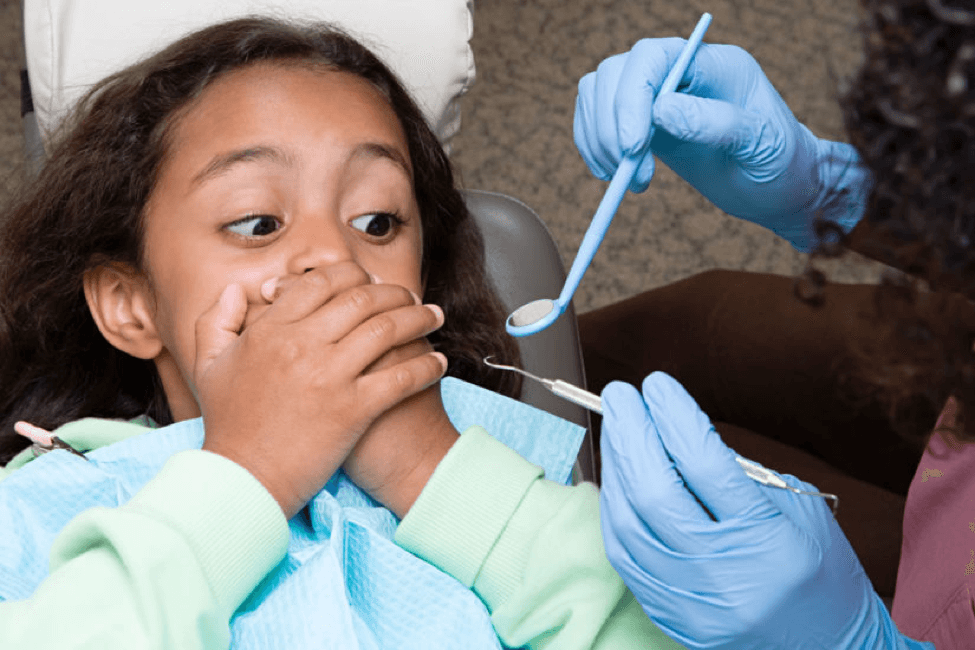It’s the middle of the summer and most places do not have summer camps or other activities available for children. Many areas have closed parks, playgrounds and sports fields. Despite all these restrictions, it is very important to keep your children active as shutdowns have already led to the exacerbation of childhood obesity rates.
Scientists were concerned from the beginning of the lockdowns that children would be negatively affected. Their reasons included children not being able to participate in organized school activities or eat subsidized school lunches as well as being exposed to more snack food at home all day long.
Researchers recently found that compared to one year ago, “children ate an additional meal a day; slept an additional half hour per day; and spent more than 5 hours per day in front of a phone, computer or television screen” during the lockdown. Those are shocking findings indeed!
The World Health Organization recommends that children be physically active at least 60 minutes a day. In confined spaces, there are many activities in which children can participate. Consider online videos with activities. So much is available on YouTube that it just takes a bit of your time to search them out and select the ones your children will enjoy. Your children can even assist you in choosing those videos. Also, try old tried-but-true fun such as building indoor forts, playing hide and seek, dancing to music and jumping rope.
Experts recommend keeping a journal of activities and even rewarding children afterwards. The key is to reinforce positive behavior and build good habits.
For more information, please visit the following:



